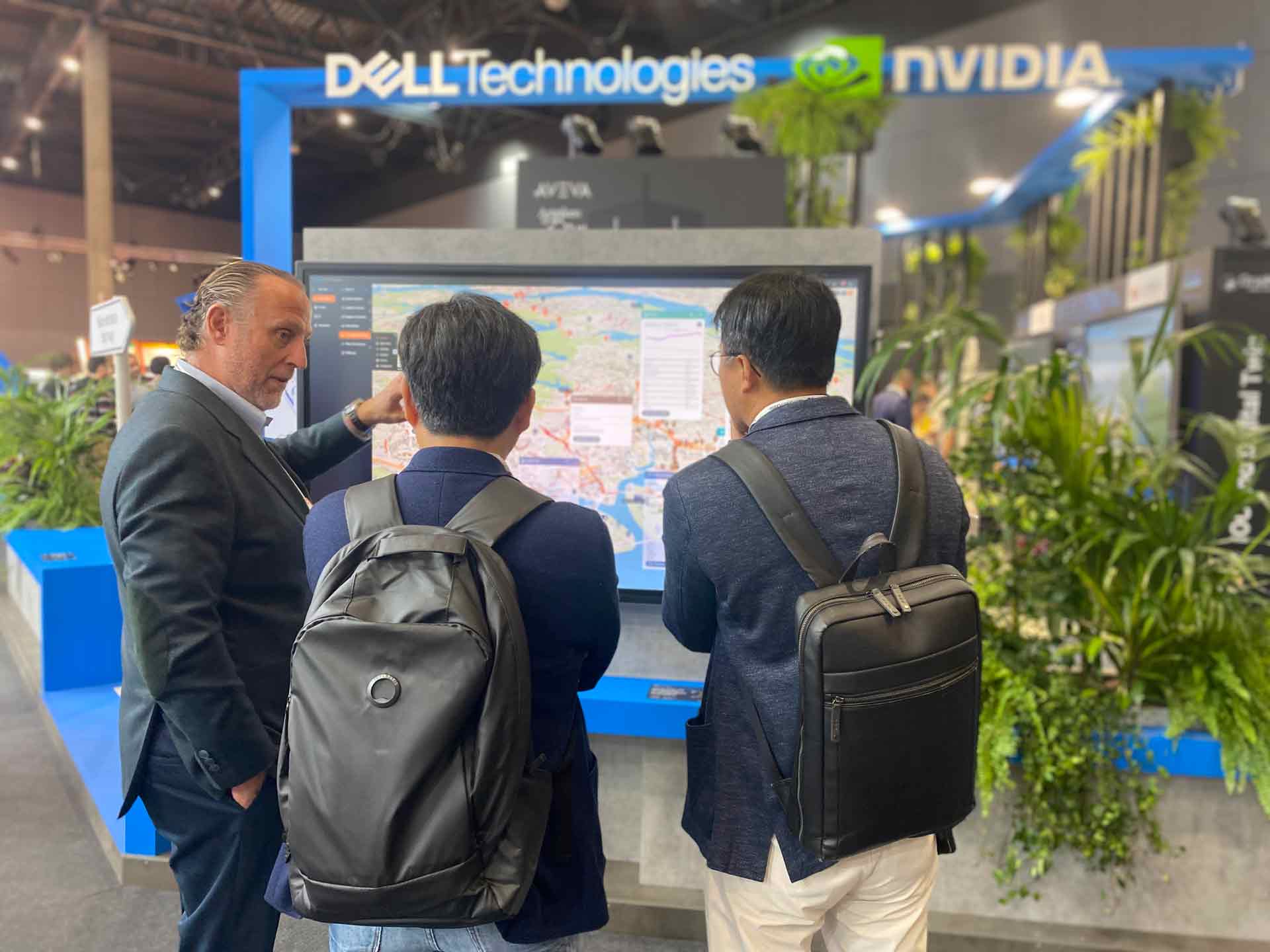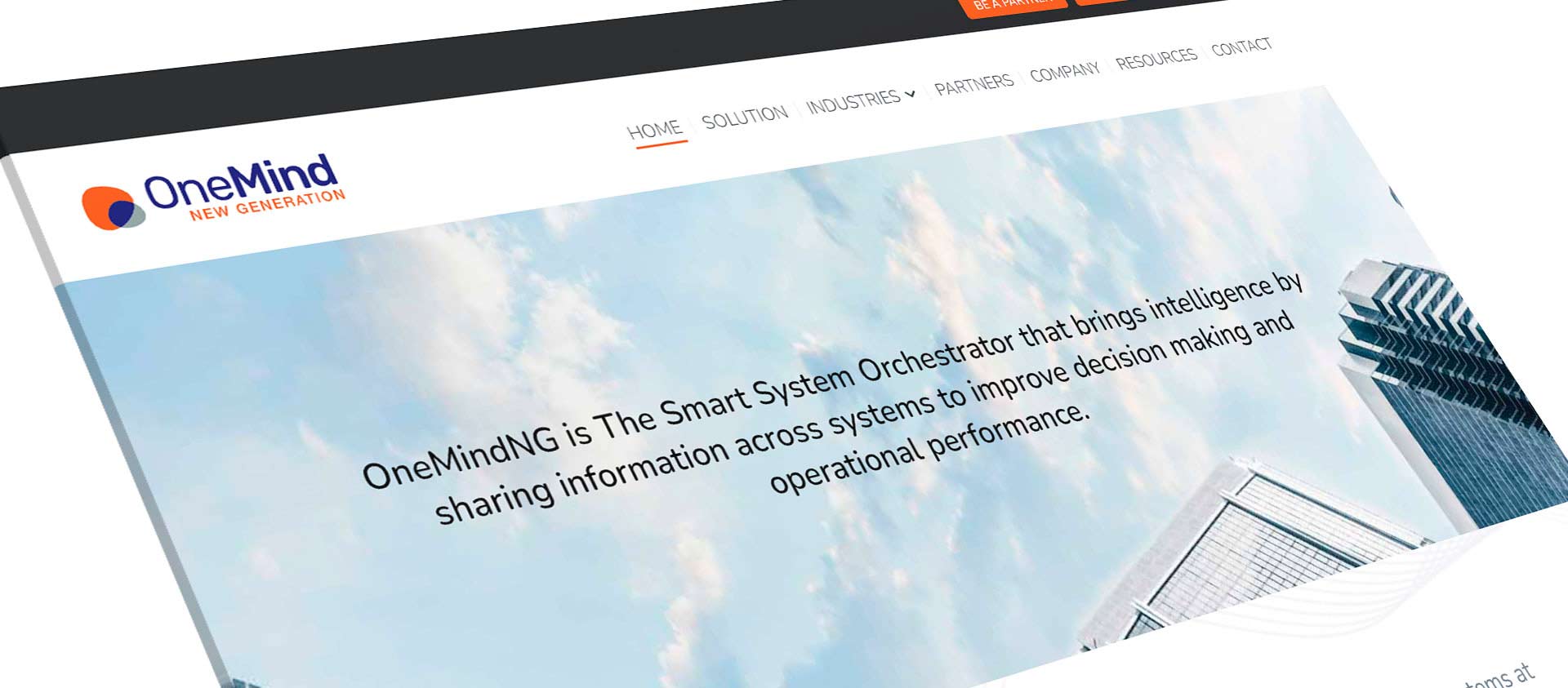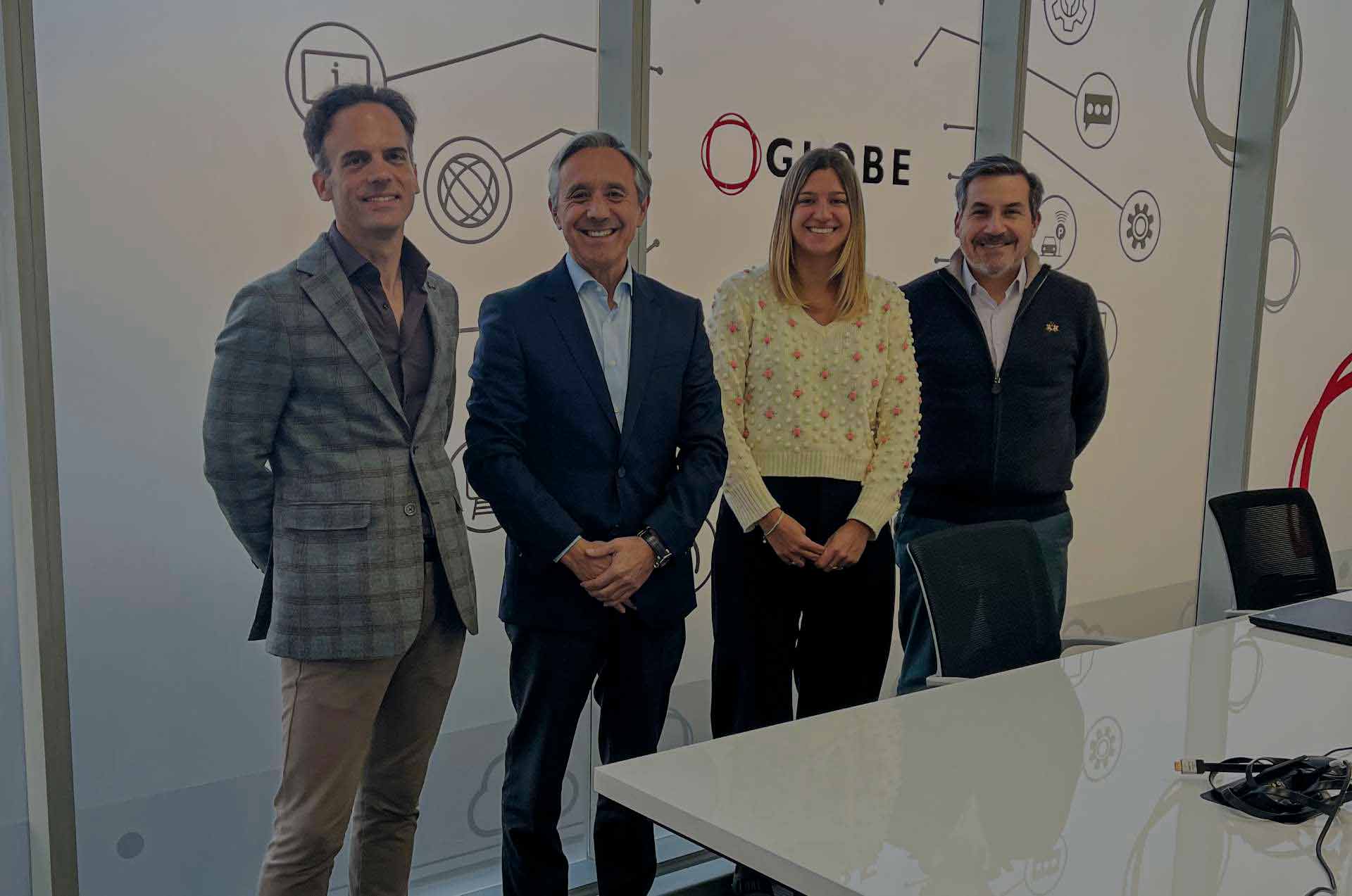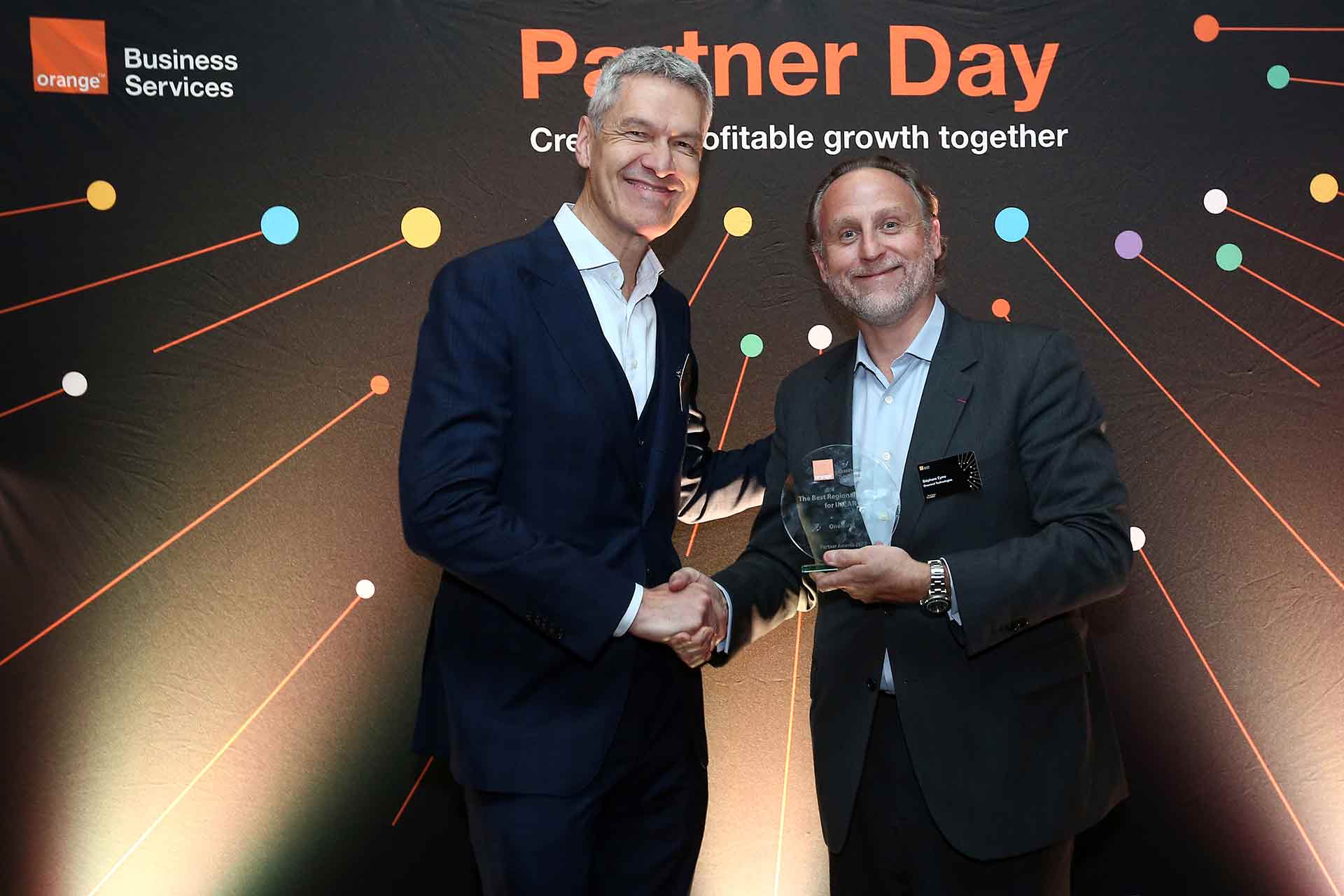This article is the first of a series to present our product, OneMind, in more detail. You will learn more about its features, how it works, and what makes it unique. In this first focus, discover the advantages of cross-domain control applied in our solution.
Smart cities and smart industries are facing many challenges in facilitating their management
Today’s cities, and even more so, megacities and megalopolises, follow the trends and technological advances of our time. The same applies to all the various elements of which they are composed: airports, train stations, construction sites, means of transport, schools, shopping centers… All places are faced with advances in new technologies, and therefore evolve accordingly and equip themselves to become smart places. Faster to react, with centralized and linked information, the management of any site is evolving to that end, but challenges remain.
The first challenge is the one of pooling all the information systems that a location possesses. Indeed, within cities, for example, a multitude of actors are present, each with its own products, tools, and systems, and each system manages its own operations.
As a result, data is processed in silos and is difficult to access. Due to this pattern, it has become difficult to centralize and standardize systems.
Lack of communication between departments is an additional problem… It makes it difficult to unify not only the process but also the language and the operation. This plurality of actors also presents another problem for the management of places such as smart cities or smart regions.
As more entities and organizations develop within a city, more information and data are provided, something that also complicates their regulation… Each one governs its operating systems as it sees fit. It is therefore necessary to regulate them but also to standardize them so that the data collected by each can then be pooled for analysis and manipulation.
This is where the added value of OneMind is demonstrated. The solution offers operators a hypervisor and standardizes all the subsystems connected to it.
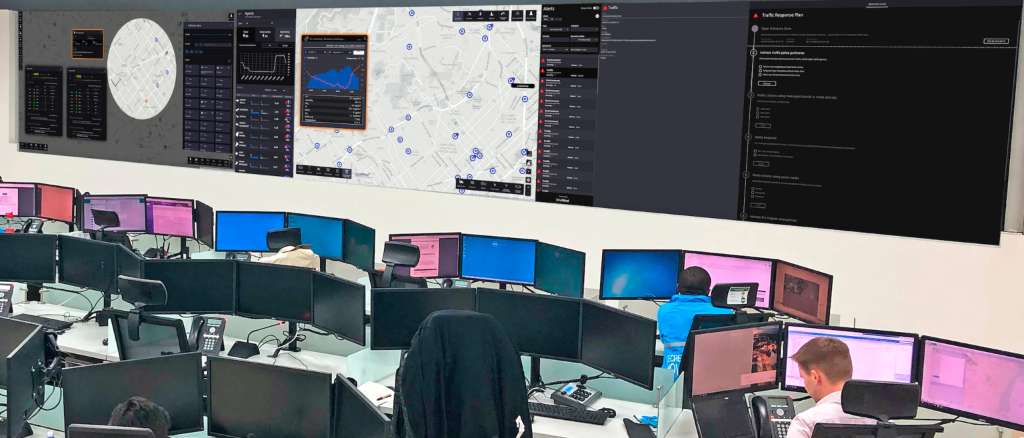
The cross-domain control, an additional asset to hypervisor in the Onemind solution
So OneMind does not just bring systems together in one place, it also standardizes, harmonizes, and connects them together!
The key element to achieve this is our business rule engine. Constantly listening to all data-streams, it generates an event in the form of an alert that is automatically triggered to the operation if the thresholds that are set are surpassed. In addition to triggering events for a specific ‘data sets,’ the product also allows the combination of several ‘data sets.’ The use of Boolean operators thus allows for obtaining information between different controlled domains that are monitored via OneMind.
This is where cross-domain control comes in. The concept dates back to the time when the U.S. Air Force started using multi-domain intelligence in their battlespace. In the modern military lingo, there are five interrelated domains: land, maritime, air, space, and cyberspace. We can use exactly the same principle for the management of today’s cities!
In order to control them and make the best decisions at the best time, hundreds of data points must be connected between all these domains.
Application example, the correlation between road traffic and air quality
Let’s take an example. Traffic jams and pollution provide two different datastreams, one recorded in the land domain and the other in the air domain. Collecting data on these two subjects at the same time in the same place is a good thing, but what is interesting is to correlate them to see how the first one can affect the second one. Indeed, the air quality in a place can change from time to time depending on the road traffic.
A road accident that causes traffic jams will thus have an impact on pollution at this location. Treating the two datastreams separately is therefore not useful because the answer to pollution, in this case, is on land, not in the air.
Other example, steps for action following an accident
Within a city, following a road accident, the importance of cross-domain control can also be demonstrated between more inputs to be linked:
- Police officers,
- The fire department,
- Tow trucks,
- Travel time,
- The cameras...
The city operators monitor transportation roads and streets 24 hours a day and know in real time when an incident occurs.
In the case of an accident, an alert from Incidents informs them about a car-crash but they could also notice it from a lull in road traffic, for example.
Operators then investigate to seek out surrounding information to make better decisions to mitigate the impact of this incident. Information at a district level helps them locate and coordinate the resources.
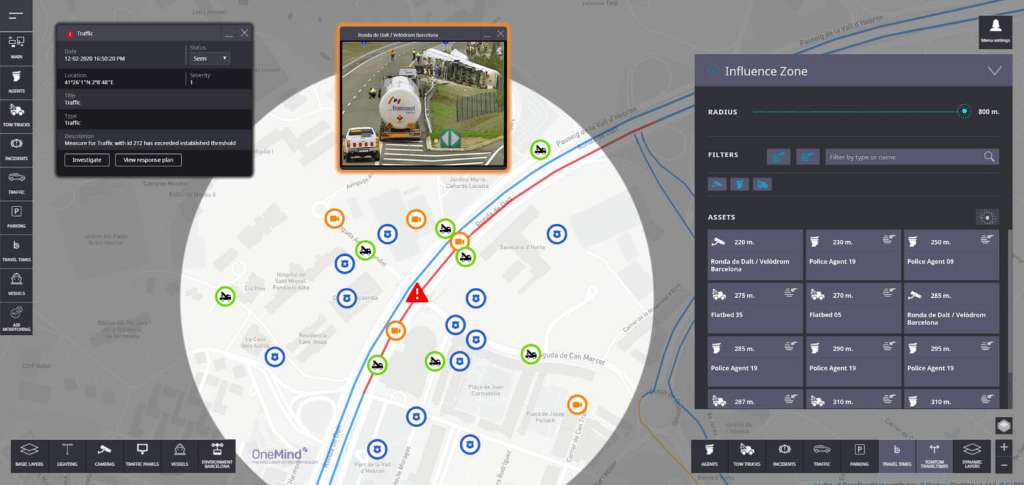
In addition to helping them analyze the situation by concentrating all the information in a single platform, OneMind also allows actions to be taken directly from its platform.
Indeed, response plans can be predefined for different types of incidents, to guide and accelerate operator actions. The operator can use OneMind to follow the Response Plan, for a car crash in this case, which establishes for each event a step-by-step action plan to ensure that the correct procedure is followed.
This is where cross-domain control comes in. The concept dates back to the time when the U.S. Air Force started using multi-domain intelligence in their battlespace. In the modern military lingo, there are five interrelated domains: land, maritime, air, space, and cyberspace. We can use exactly the same principle for the management of today’s cities!
In order to control them and make the best decisions at the best time, hundreds of data points must be connected between all these domains.
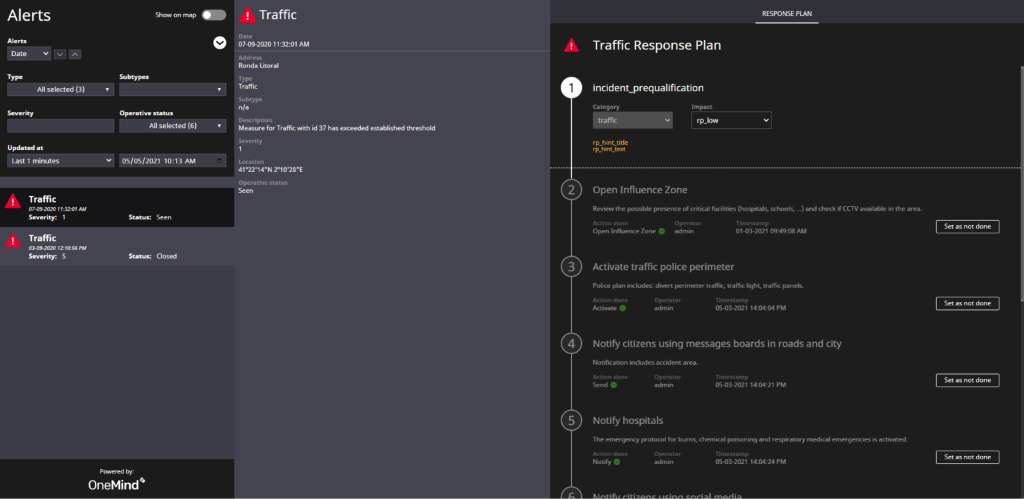
This then triggers the intervention of one or more tow trucks depending on the number of vehicles involved. Police and firefighters are requested to come to the location to create a security perimeter, divert the traffic and adress the situation. Hospitals are advised before the injured arrive, and citizens are also informed as to what is happening.
All of these steps allow a return to normal as quickly as possible, without the risk of forgetting a key step or a lack of communication.
